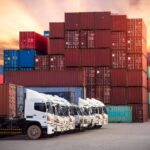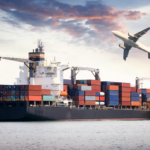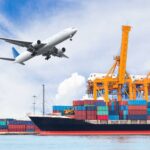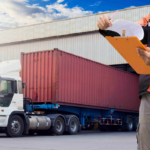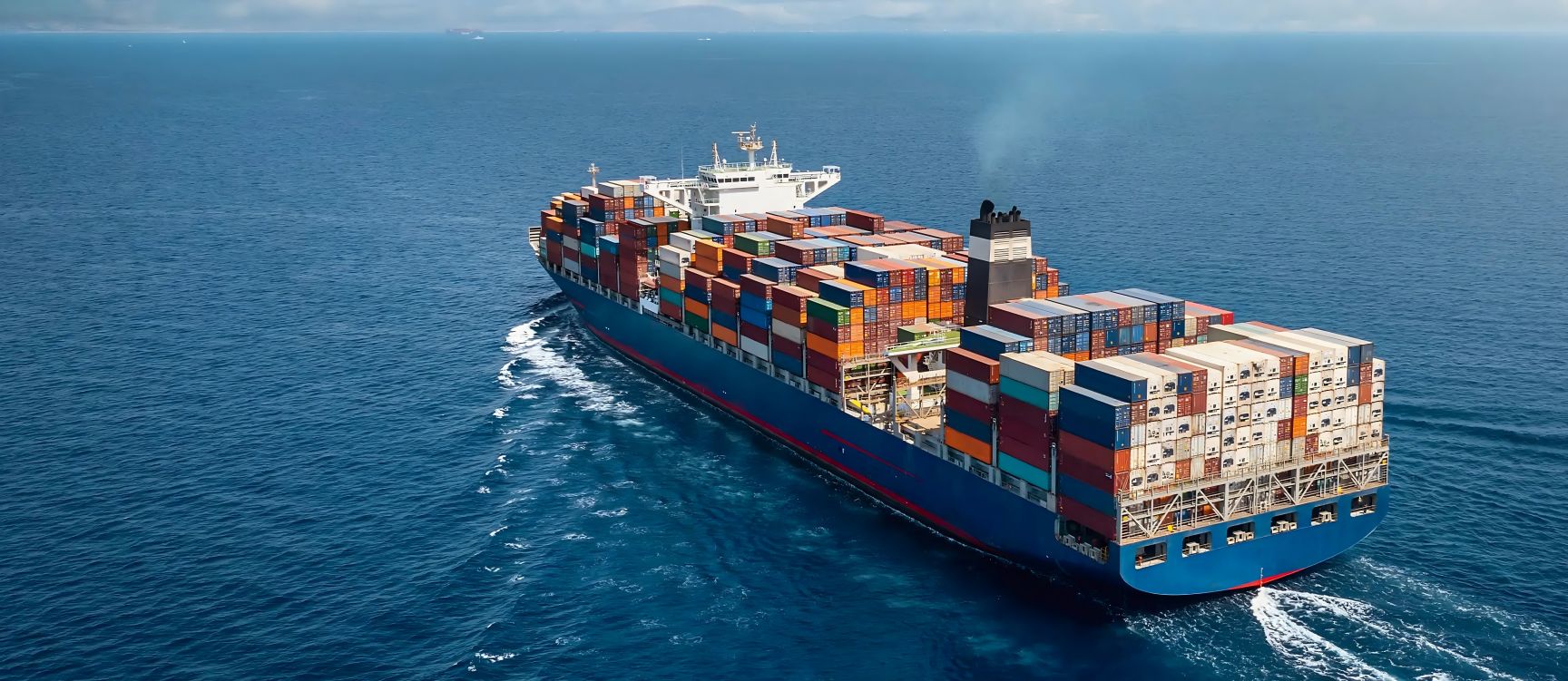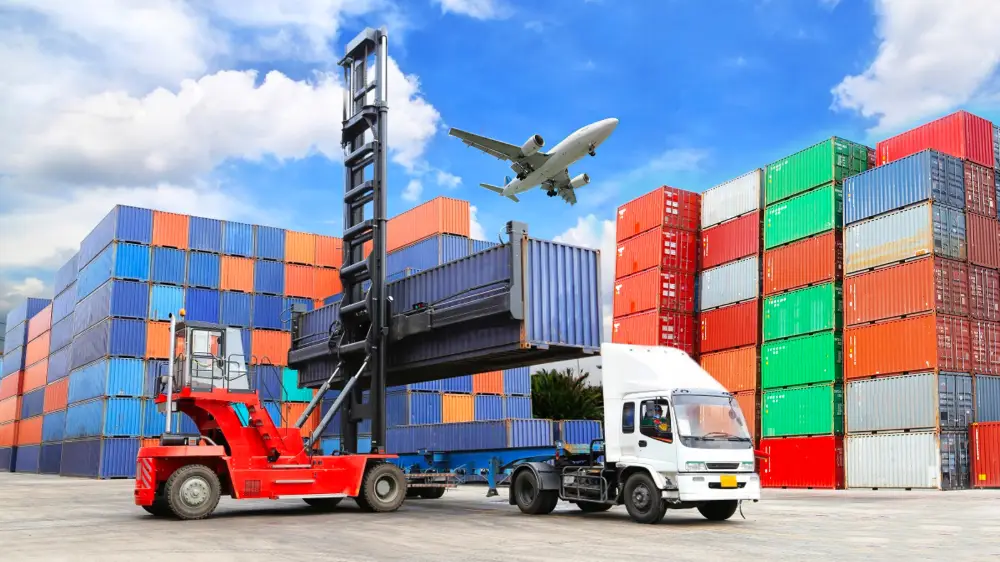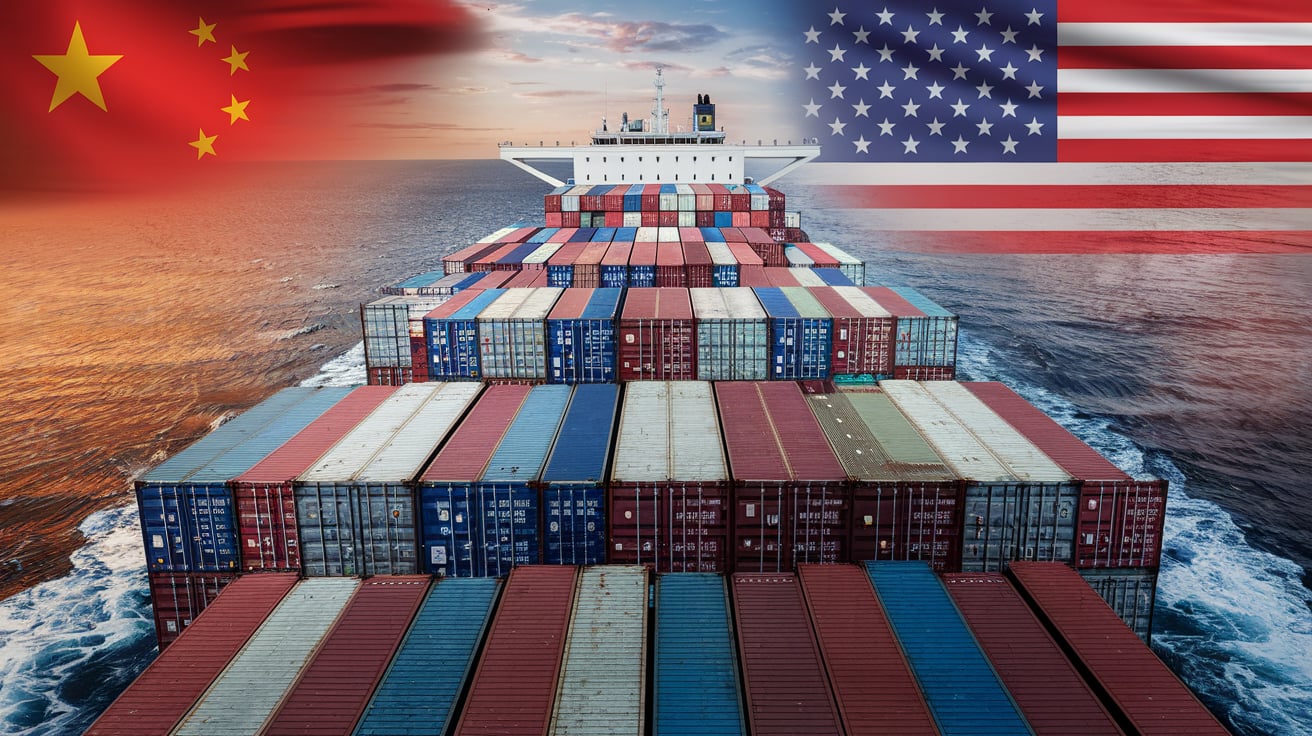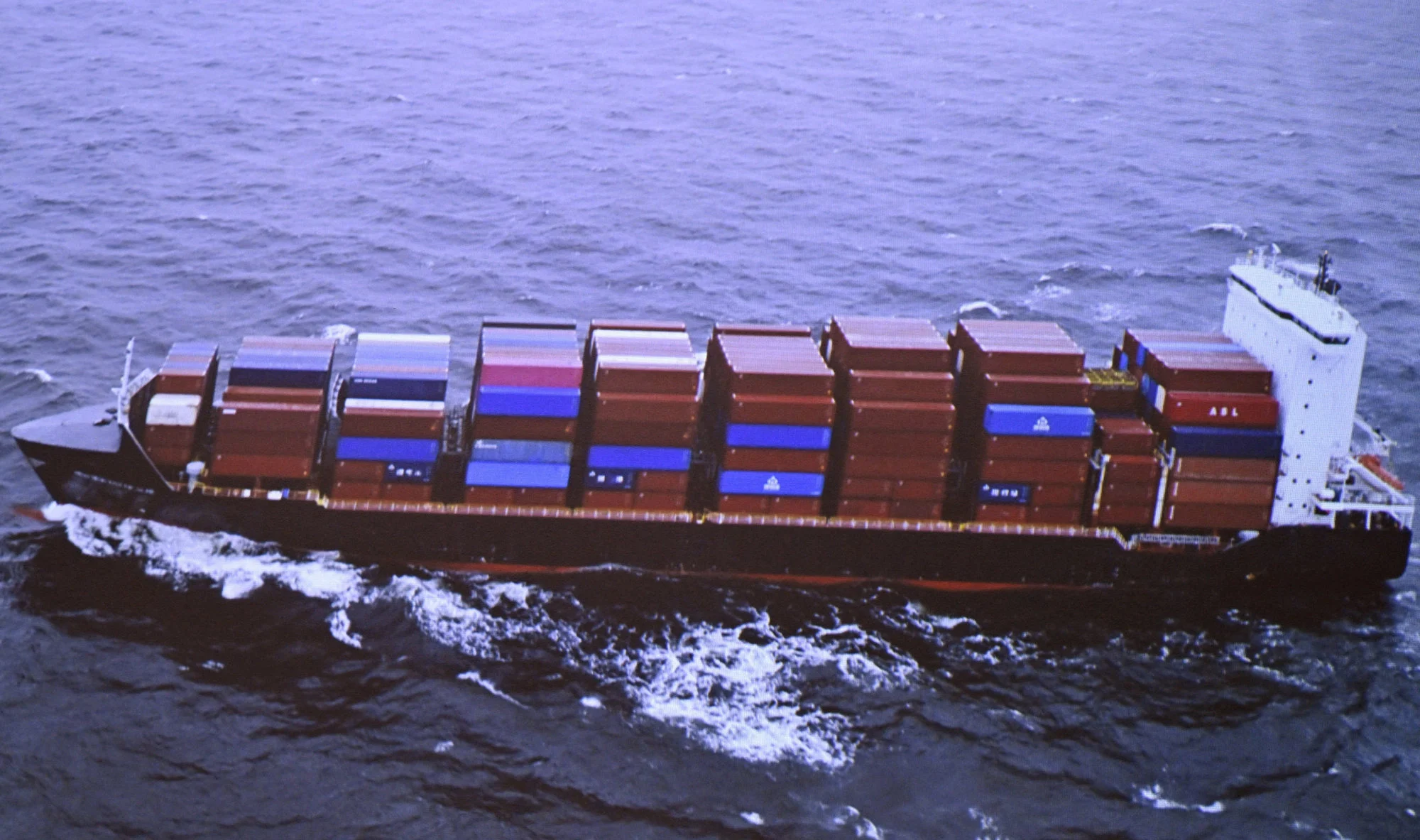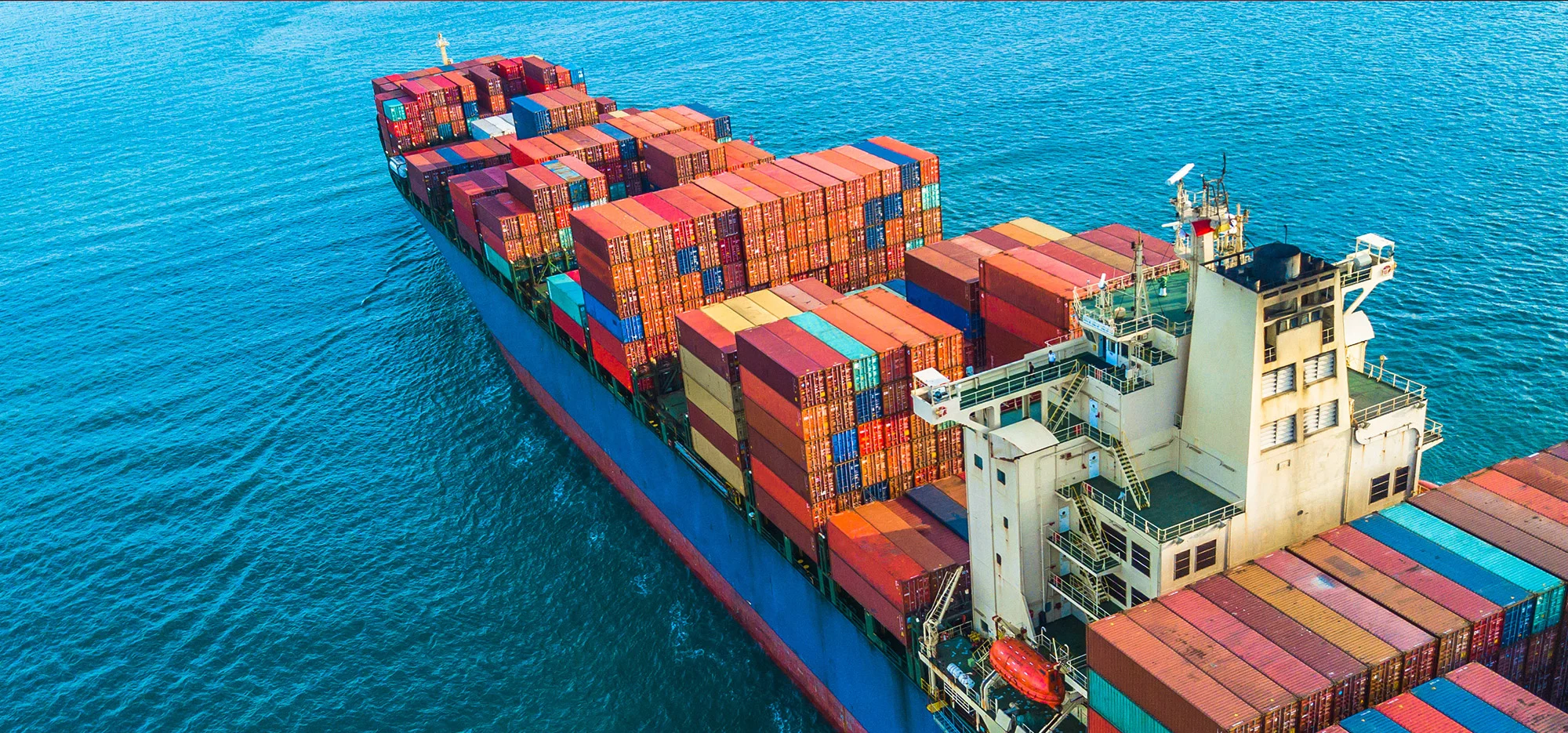In the complex world of freight forwarding, understanding the intricacies of hazardous materials (hazmat) shipping is crucial for ensuring safety and compliance. Hazardous materials encompass a wide range of substances that pose significant risks to health, safety, and property during transportation. From flammable liquids to toxic chemicals, the classification and handling of these materials require strict adherence to international regulations. This article delves into the key aspects of hazmat freight forwarding, including common types of goods shipped, the challenges faced in the process, and the vital role specialized freight forwarders play in ensuring safe and compliant transportation. Whether you are an importer looking to navigate the complexities of hazmat shipping or a business seeking to improve your practices, this guide provides essential insights to enhance your understanding and operations.
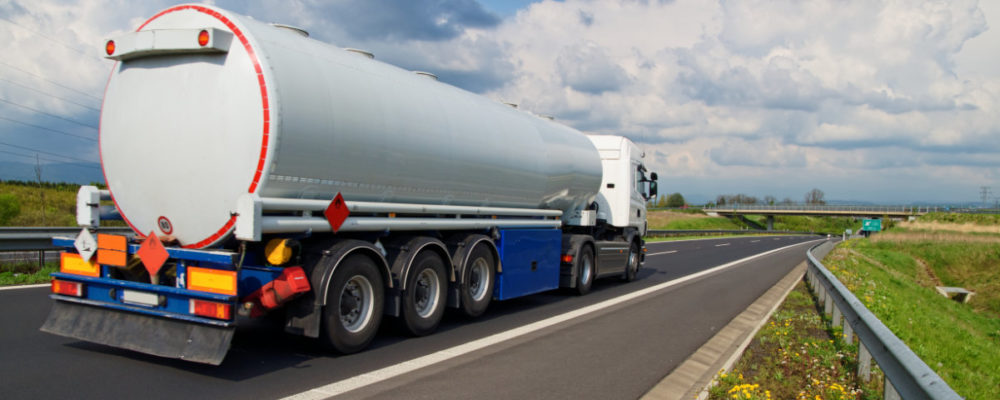
Understanding Hazmat Freight
Hazardous materials, often referred to as hazmat, are substances that pose a significant risk to health, safety, or property during transportation. These materials are categorized based on their physical and chemical properties, which may include flammability, corrosiveness, toxicity, and reactivity. Proper classification of hazmat is essential, as it determines the necessary safety measures and regulatory compliance required throughout the shipping process.
According to the U.S. Department of Transportation, the following categories are commonly used to classify hazardous materials:
- Explosives
- Gases (compressed, flammable, or toxic)
- Flammable liquids
- Flammable solids
- Oxidizers and organic peroxides
- Toxic and infectious substances
- Radioactive materials
- Corrosives
- Miscellaneous dangerous goods
Common Types of Hazmat Goods Shipped from China to Russia
When it comes to shipping hazardous materials from China to Russia, various types of hazmat are frequently encountered. Some common examples include:
| Type of Hazmat | Examples |
|---|---|
| Chemicals | Solvents, pesticides, industrial chemicals |
| Batteries | Lithium-ion batteries, lead-acid batteries |
| Paints and Coatings | Oil-based paints, varnishes |
| Pharmaceuticals | Medical supplies, vaccines |
| Gases | Propane, ammonia, chlorine |
These materials must be handled with care, ensuring compliance with both countries’ regulations and safety standards to mitigate risks during transit.
International Regulations Governing Hazmat Transportation
The transportation of hazardous materials is subject to strict international regulations designed to protect public safety and the environment. Key regulations governing hazmat shipping include:
- The International Air Transport Association (IATA) governs the air transport of dangerous goods, providing guidelines for airlines and freight forwarders.
- The International Maritime Organization (IMO) sets regulations for the maritime transport of hazardous materials through the International Maritime Dangerous Goods (IMDG) Code.
- The United Nations (UN) plays a crucial role in the classification and labeling of hazardous materials, ensuring consistency across international borders.
Compliance with these regulations is vital for freight forwarders like Dantful International Logistics, which specializes in Door-to-Door Shipping and ensures safe and legal transport of hazmat goods.
Challenges in Hazmat Shipping from China to Russia
Strict Regulatory Compliance
Shipping hazardous materials requires strict adherence to numerous regulations imposed by both China and Russia. Each nation has its own set of laws that dictate how hazmat can be packaged, labeled, and transported. Non-compliance can result in severe penalties, including fines or the confiscation of goods. It is imperative for companies to work with experienced freight forwarders who are well-versed in both countries’ requirements to navigate these challenges effectively.
Documentation Requirements
Proper documentation is essential in hazmat shipping, as it facilitates the safe and compliant transit of hazardous materials. The required documents typically include:
- Hazardous Material Declaration
- Safety Data Sheets (SDS)
- Bill of Lading
- Customs Declarations
- Packing Lists
Incomplete or incorrect documentation can lead to significant delays and potential legal repercussions. As such, engaging the services of a freight forwarder like Dantful Logistics ensures that all necessary documentation is accurately prepared and submitted on time.
Packaging and Labeling Standards
Hazmat goods must be packaged and labeled according to international standards to prevent incidents during transportation. Packaging must be robust enough to withstand potential hazards, while labels must clearly indicate the nature of the contents and associated risks.
The UN has established standardized packaging guidelines that categorize materials based on their hazard class. This classification system determines the type of packaging required, ensuring that products are stored and transported safely. Failure to adhere to these standards can result in dangerous situations and legal consequences.
Route Planning and Mode Selection
The selection of an appropriate transportation mode and route is critical for hazmat shipping. Various factors must be considered, including:
- Safety: Avoiding densely populated areas and environmentally sensitive sites.
- Mode of Transport: Deciding whether to utilize air freight, ocean freight, or land transportation based on the type of hazardous material and urgency of delivery.
- Cost: Balancing safety with cost-effectiveness in choosing the best shipping solution.
A professional freight forwarder can assist in optimizing route planning and mode selection, ensuring both safety and efficiency while transporting hazardous materials from China to Russia. Dantful offers comprehensive Insurance Services to safeguard against potential risks associated with hazmat shipping, further enhancing peace of mind for importers.
You may be interested in the following related articles:
- Shipping From China To Cyprus
- Shipping From China to Hungary
- Shipping From China to Romania
- Shipping From China to Greece
- Shipping From China to Turkey
- Shipping From China To Belgium
- Shipping From China To Sweden
- Shipping From China To Finland
- Shipping From China To Portugal
- Shipping From China To Czech Republic
Role of Specialized Hazmat Freight Forwarders
Expertise in Hazmat Regulations
Navigating the complex landscape of hazardous materials transportation requires in-depth knowledge of various regulations. Specialized hazmat freight forwarders possess the expertise needed to understand and comply with both national and international laws governing the transport of dangerous goods. This includes familiarity with the International Air Transport Association (IATA) regulations, the International Maritime Organization (IMO) guidelines, and the specific requirements set forth by the U.S. Department of Transportation and other relevant bodies. By ensuring adherence to these regulations, freight forwarders help prevent costly delays and legal challenges while maintaining the safety of all parties involved.
Risk Assessment and Mitigation
A key responsibility of specialized hazmat freight forwarders is to assess potential risks associated with the transportation of hazardous materials. This involves evaluating various factors, including the nature of the materials, the transportation routes, and environmental concerns. Forwarders carry out detailed risk assessments to identify potential hazards and implement mitigation strategies. This proactive approach not only safeguards public health and safety but also protects the integrity of the shipments. Engaging with a skilled freight forwarder like Dantful allows businesses to leverage their expertise in risk management, ensuring that all possible precautions are taken during transit.
Proper Documentation Handling
Documentation plays a critical role in the shipping of hazmat goods. Specialized freight forwarders are adept at managing the comprehensive paperwork required for hazardous material shipments. This includes preparing the Hazardous Material Declaration, Safety Data Sheets (SDS), and various customs documents. Inaccurate or missing documentation can lead to severe delays and penalties. Therefore, professional handling of these documents is essential. Dantful’s experienced team meticulously manages documentation, ensuring that all paperwork is correct and submitted on time, which streamlines the overall shipping process.
Coordination with Carriers and Customs Authorities
Effective coordination with carriers and customs authorities is fundamental for the successful transport of hazardous materials. Specialized hazmat freight forwarders act as intermediaries, facilitating communication between all parties involved. They ensure that carriers comply with safety guidelines and that customs authorities are informed about the nature and risks associated with the cargo. This coordination is especially crucial in avoiding misunderstandings that could lead to shipment delays or legal issues. Dantful’s established relationships with carriers and customs officials enhance the efficiency of the shipping process, allowing for smoother transitions at borders and ports.
The integration of these specialized services positions Dantful as a leader in hazmat freight forwarding, offering businesses a trusted partner to navigate the complexities of hazardous goods transportation effectively.
Key Steps in Hazmat Freight Forwarding Process
Classification and Identification of Hazardous Materials
The first step in the hazmat shipping process involves accurately classifying and identifying the hazardous materials being shipped. This classification is critical as it determines the specific regulations and handling procedures that must be adhered to. Utilizing the United Nations’ classification system, freight forwarders categorize materials based on their properties and associated risks. Accurate identification not only ensures compliance but also enhances safety during transportation.
Selecting Appropriate Packaging and Containment
Choosing the right packaging for hazardous materials is of utmost importance. The packaging must be robust and compliant with international standards to prevent leaks, spills, or accidents during transit. Specialized hazmat freight forwarders are knowledgeable about the various packaging options available, including UN-approved containers designed for specific types of hazardous materials. They ensure that the packaging used meets regulatory requirements and is suitable for the nature of the goods being transported.
Preparing Required Documentation
Proper documentation is essential for the successful transport of hazardous materials. Specialized freight forwarders handle the preparation of all necessary paperwork, including:
- Hazardous Material Declaration
- Safety Data Sheets (SDS)
- Bill of Lading
- Customs Declarations
- Packing Lists
This careful documentation process minimizes the risk of delays and ensures compliance with all regulatory requirements.
Choosing Suitable Transportation Modes
Selecting the appropriate mode of transportation is crucial for hazmat shipping. Factors influencing this choice include the nature of the materials, urgency, cost, and route safety. Hazmat freight forwarders evaluate these factors to determine whether air freight, ocean freight, or land transport is the most suitable option. Dantful offers a range of shipping solutions tailored to the specific needs of hazardous materials, ensuring safe and timely delivery.
Customs Clearance Procedures
Navigating customs clearance is a critical step in the hazmat shipping process. Customs authorities require detailed information about the hazardous materials being imported or exported. Specialized freight forwarders facilitate this process by preparing and submitting the necessary documentation, ensuring compliance with customs regulations. By working with Dantful, businesses benefit from the expertise of a team well-versed in customs procedures, reducing the risk of delays and enhancing overall efficiency.
Technology in Hazmat Freight Forwarding
Tracking and Monitoring Systems
The implementation of tracking and monitoring systems has revolutionized the hazmat freight forwarding industry. Advanced technologies, such as GPS and RFID (Radio Frequency Identification), enable real-time tracking of hazardous shipments throughout the transportation process. These systems provide shippers and freight forwarders with vital information regarding the location and status of goods, enhancing transparency and accountability.
Tracking systems not only ensure that shipments are delivered on time but also allow for immediate responses to potential incidents or delays. In the case of hazardous materials, this capability is critical, as it can help mitigate risks by enabling prompt action if an emergency arises. Moreover, many modern tracking systems come equipped with alerts that notify stakeholders if a shipment veers off its designated route or if conditions change, providing an additional layer of safety.
Digital Documentation and E-Filing
The shift towards digital documentation and e-filing has streamlined the hazmat shipping process, reducing the reliance on paper-based documentation. Electronic systems facilitate the preparation, submission, and storage of essential documents such as Hazardous Material Declarations, Safety Data Sheets (SDS), and customs forms.
This digitization minimizes the risk of errors associated with manual data entry, enhances accessibility, and accelerates processing times. Shippers and freight forwarders can easily share and access information in real-time, ensuring that all parties involved are informed and up-to-date. Additionally, e-filing systems often include built-in compliance checks to ensure that all necessary documentation is complete and accurate before submission, further reducing the risk of delays or penalties.
Safety and Environmental Monitoring Systems
Safety and environmental monitoring systems are essential components of hazmat freight forwarding, designed to detect and respond to potential hazards during transportation. These systems utilize sensors and data analytics to monitor for leaks, spills, or other emergencies that may arise from the transport of hazardous materials.
For instance, modern vehicles and containers can be equipped with sensors that detect changes in temperature, pressure, or the presence of toxic gases. When a potential hazard is identified, the system can alert the driver and relevant authorities, allowing for immediate action and preventing environmental contamination or safety incidents. Such proactive measures not only protect public health but also ensure compliance with environmental regulations.
Best Practices for Shippers
Proper Declaration of Goods
Accurate declaration of hazardous materials is a fundamental responsibility for shippers. It is essential to provide complete and truthful information regarding the nature and classification of the goods being transported. This includes the correct identification of hazard classes, as well as any associated risks.
Failure to properly declare goods can result in severe penalties, including fines and shipment delays. Moreover, inaccurate declarations can jeopardize the safety of transport personnel and the public. By adhering to proper declaration practices and working closely with experienced freight forwarders like Dantful International Logistics, shippers can ensure compliance and mitigate risks.
Adherence to Packaging Guidelines
Compliance with established packaging guidelines is critical when shipping hazardous materials. Shippers must utilize packaging that meets international standards and is appropriate for the specific type of material being transported. This includes using UN-approved containers that are designed to withstand the rigors of transportation and prevent leaks or spills.
Additionally, shippers should ensure that all packaging is clearly labeled with the correct hazard symbols and handling instructions. Proper packaging not only enhances safety but also ensures compliance with regulations, reducing the likelihood of costly delays or penalties.
Timely Communication with Freight Forwarders
Effective communication with freight forwarders is vital for ensuring the smooth transport of hazardous materials. Shippers should maintain open lines of communication regarding shipment status, potential delays, and any changes to shipping plans.
Timely updates allow freight forwarders to make informed decisions and adjustments as needed, ensuring that all safety protocols are followed. Furthermore, shippers should proactively communicate any specific requirements or concerns related to the transport of hazardous materials, allowing freight forwarders to address these issues effectively.
By adopting these best practices, shippers can enhance the safety and efficiency of their hazmat shipping operations. Partnering with a reputable freight forwarder like Dantful can further strengthen compliance and improve overall shipping outcomes, ensuring that hazardous materials are transported safely and efficiently.
Dantful International Logistics Services:
- Dantful Ocean Freight Services
- Air Freight From China
- Amazon FBA Freight Forwarding
- WAREHOUSE Services
- One-Stop Customs Clearance Solution
- Cargo Insurance Services in China
- DDP Shipping Services By Dantful Logistics
- Out of Gauge Cargo Transportation Shipping Services

Young Chiu is a seasoned logistics expert with over 15 years of experience in international freight forwarding and supply chain management. As CEO of Dantful International Logistics, Young is dedicated to providing valuable insights and practical advice to businesses navigating the complexities of global shipping.
The other language versions of this article
- الدليل الشامل لشركة شحن المواد الخطرة من الصين إلى روسيا
- De ultieme gids voor Hazmat Freight Forwarder van China naar Rusland
- Le guide ultime du transitaire de matières dangereuses de la Chine vers la Russie
- Der ultimative Leitfaden für den Transport von Gefahrgut von China nach Russland
- La guida definitiva allo spedizioniere di merci pericolose dalla Cina alla Russia
- La guía definitiva para el transporte de materiales peligrosos de China a Rusia
- O guia definitivo para o encaminhamento de cargas Hazmat da China para a Rússia
- Полное руководство по экспедированию опасных грузов из Китая в Россию
- Çin’den Rusya’ya Tehlikeli Madde Taşımacılığı İçin Nihai Kılavuz






